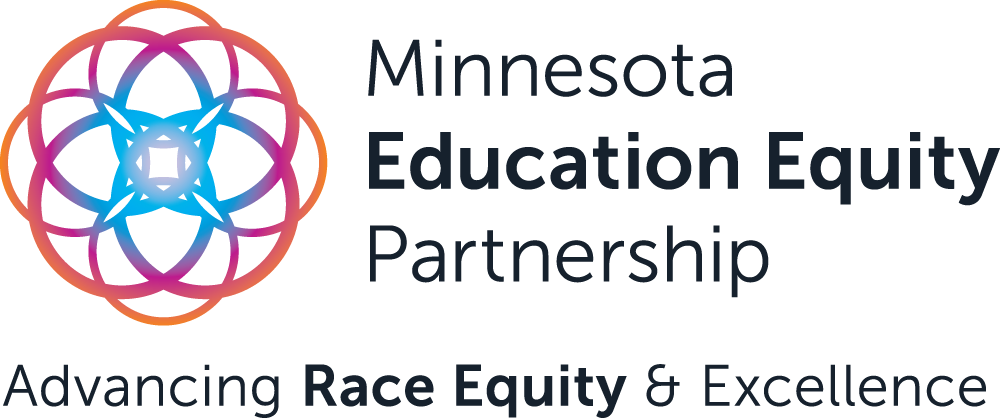“As an educator who trains new teachers on emerging student populations, I work to help them understand implicit bias and how it can quietly shape every interaction we have with our students—and set them up on wildly variant paths in the future. I believe justice in education starts with us getting it right in the classroom.”
Understanding Implicit Bias
